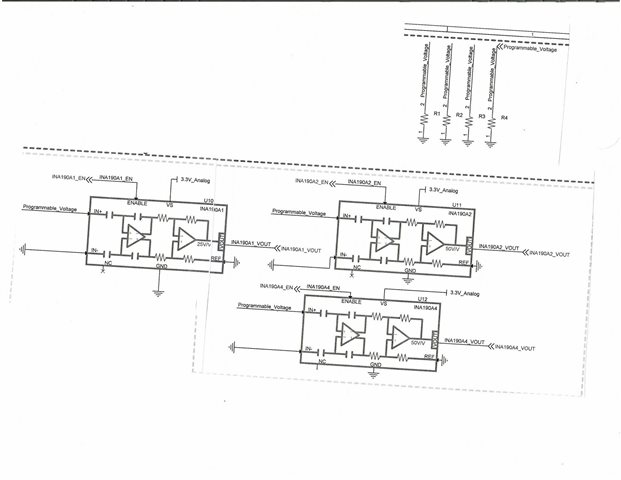Other Parts Discussed in Thread: OPA325, LM7705, INA190, INA851, INA333, TINA-TI
Hello TI E2E,
I am attaching 3 screenshots with this post for clarity. I have a programmable current source that ranges from 0.5mA to ~6A. I am trying to measure the current across a few power resistors (attached image). The resistors are about 0.5ohm. I take the voltages on both side of the sense resistor and buffer it with a unity gain closed loop buffer (OPA325) and feed it into a PGA117. The voltage on both sides of the resistors can be very close to ground. For instance, when 1mA is passing through the sense resistor, I believe the side labeled programmable voltage will be about 500 microvolts above ground and the ground side to be essentially 0V. I plan on using the programmable amplifier to magnify this signal up to 200X and calculate very small currents from it. I believe the higher current levels should not be much of a problem as long as I can accurately measure the ground voltage on the low side of the sense resistor which will be slightly above 0V. My main concern is:
1) The programmable gain amplifier might not be able to magnify the sense resistor voltages at very low current levels or even higher ones even with large gain. My goal is to be able to control current to within 1mA steps throughout the entire range.
Is it realistic to be able to accurately measure currents this small with this set up? If not, Do you have any design suggestions to overcome this challenge?
Thank You.
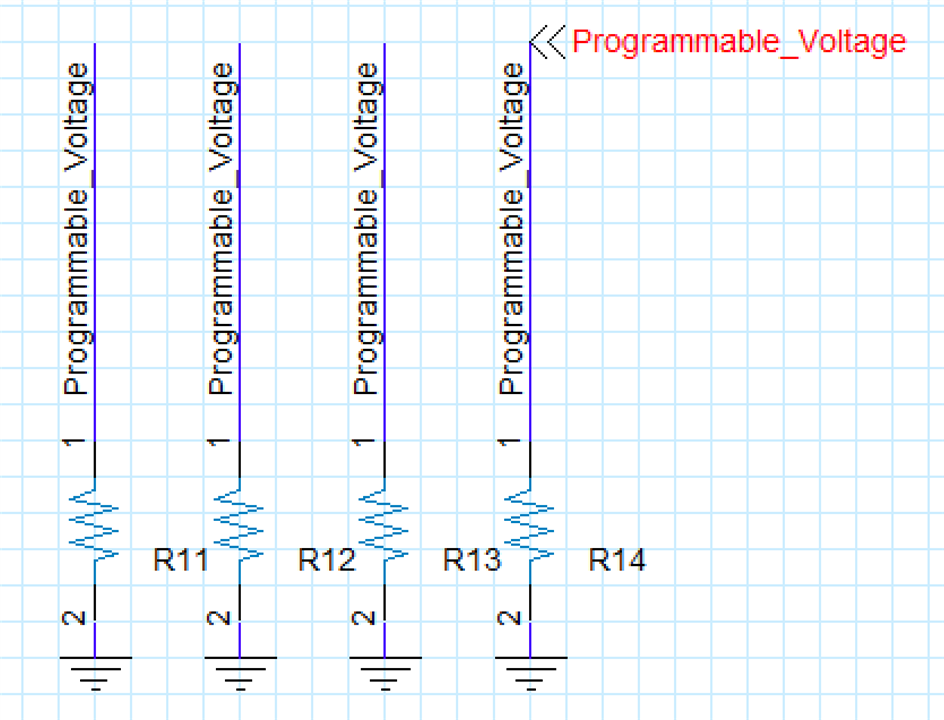
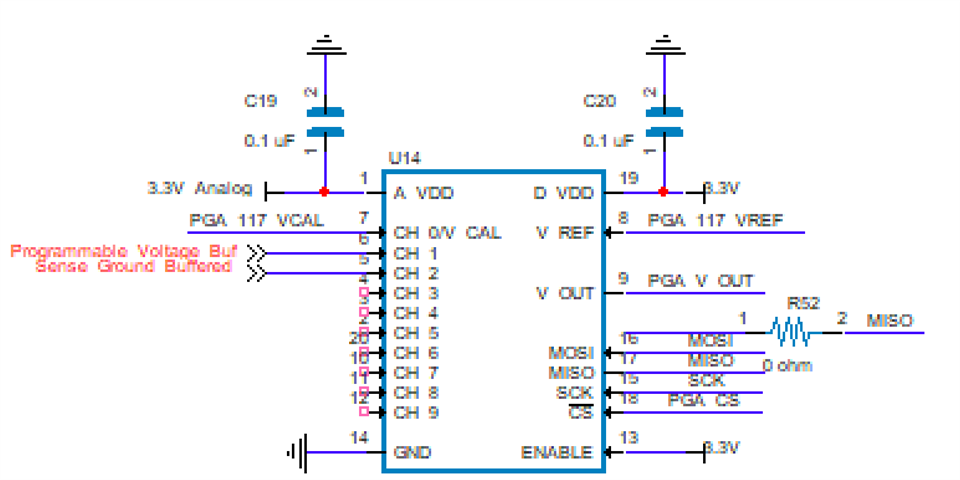



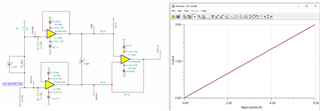

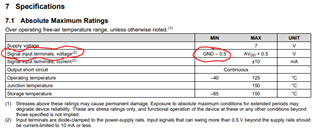
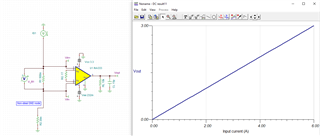

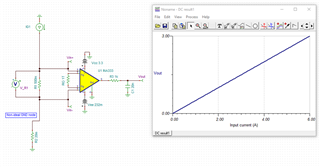 .
.